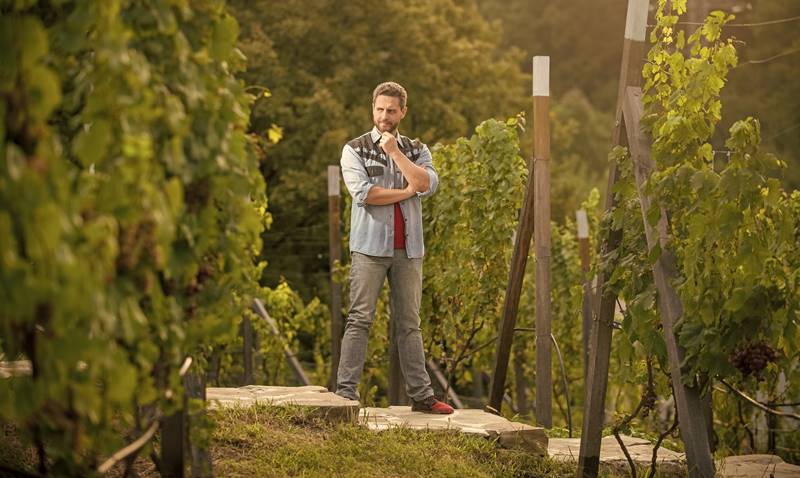As technology creeps into vineyards and wineries, the wine industry finds itself at a crossroads, navigating between ancient tradition and the charms of modern efficiency and precision. This shift is far from uniform, eliciting a mixed reception among vineyard keepers.
Embracing advanced technologies like robotics, artificial intelligence, and big data analytics isn’t just about raising money to buy new tools; it’s about connecting generations of winemaking knowledge. For many small, family-run vineyards, these technologies are not only financially out of reach—they also clash with long-standing identities and centuries-old traditions. While some might argue that aspects of this technological revolution, like artificial intelligence, are becoming more accessible and even free, the real cost lies in integrating these tools into the fabric of traditional winemaking.
Technology: Is it a privilege for the few?
While larger companies may explore sprawling vineyards with drones, many smaller operations rely on the eyes and hands of experienced vineyard managers and winemakers. This divide is not just about who can afford the latest technology; it’s also about who gets to maintain their lifestyle and who might be left behind. Often, the rich texture of wine, with its nuances and character, owes a great deal to the quirkiness of tradition and the precision of technology.
There is an ongoing debate about whether technology, in its quest for consistency, is stripping wine of its soul. Sure, technology can provide the perfect conditions for fermentation, ensure that every bottle is flawless, and even predict the best time to harvest. But can it replicate the magic of a unique crop born of nature’s unpredictable dance? For many, the magic of wine lies in its diversity—a rainy season, a particularly hot summer, an unexpected frost. Each of these can infuse a crop with a character that no technology can replicate.
But it’s not all doom and gloom when it comes to the marriage of technology and tradition. From water management to the use of renewable energy in wineries, technological advances can play a crucial role in sustainability. These tools are vital, especially in regions hardest hit by climate change. But again, access to such technologies is uneven, and often far from those who would benefit most from them.
The real challenge is to foster a coexistence between tradition and technology without compromising identity. This requires thoughtful policies that not only encourage the adoption of technology, but also respect and preserve traditional practices. The goal is not to find a clear winner between modernity and tradition, but to maintain a dialogue that allows the wine industry to honor its past while cautiously embracing the future.
In the ongoing dialogue between old and new, big and small, the wine industry does not need winners; it needs visionaries who can blend the best of both worlds and ensure that everyone thrives. This balance may hold the key to a more inclusive and diverse global wine market, where technology does not obscure tradition but rather enhances it and preserves it for future generations.


